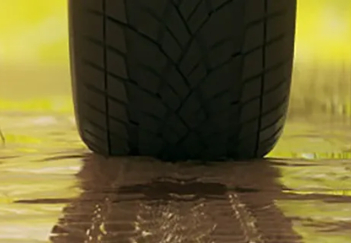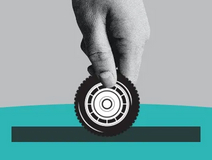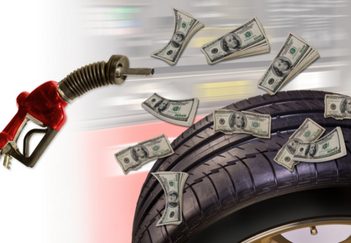
March 02, 2023
What Happens to Old Tyres?
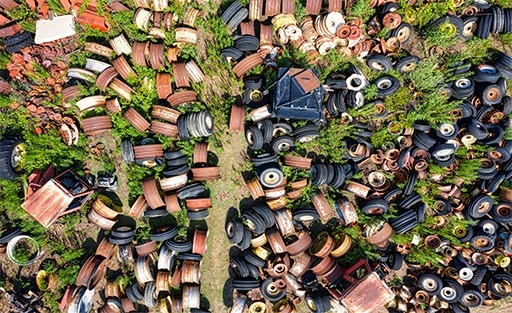
Your tyres are one of the most crucial parts of your vehicle, connecting it to the road, helping it move smoothly, and keeping you and all your precious passengers safe. However, even the best and most robust tyres will eventually wear out, reach the end of their lifespan and must be replaced.
But what happens once your fitter takes them off your car?
According to a 2020 Tyre Stewardship Australia (TSA) report, approximately 466,000 tonnes of end-of-use tyres were generated between 2018 and 19, or roughly 40.3 million tyres in Australia alone. That is a staggering amount, which can lead to major sustainability issues because, though useful, tyres are not environmentally friendly.
They are made up of materials that are not biodegradable, including metal strips, rubber, and sometimes even composite materials that can take hundreds of years to decompose.
This can lead to negative environmental outcomes and even huge stockpiles of dumped tyres. In this post, we will explore how old tyres are managed and highlight some emerging innovative solutions that help address the situation.
Recycling Old Tyres

While it's true that old tyres are a significant waste problem, luckily, there's a solution: recycling. Breaking down old tyres into small pieces allows them to live on in another form, converted into a range of products like rubber mulch, running tracks, artificial turf, and even new tyres. Not only does recycling reduce the demand for new raw materials, but it also lowers greenhouse gas emissions and decreases waste.
However, recycling tyres requires specialist facilities that use various methods such as heat, magnetic sorting, and chemical extraction to recover valuable resources from old tyres. While these processes can be costly, the benefits of recycling are worth the investment.
FUN FACT: In Australia, many businesses participate in tyre collection and recycling through the national Tyre Product Stewardship Scheme (TPSS) administered by Tyre Stewardship Australia (TSA).
Recycling old tyres is a powerful way to reduce the significant amount of tyre waste. By investing in specialist facilities and participating in national initiatives such as the TPSS, we can continue to reap the benefits of recycling and reduce the impact of tyre waste on our environment. So the next time you're looking to get rid of old tyres, consider recycling them and helping to create a more sustainable future.
Reusing Old Tyres

Another option for managing old tyres is by reusing them. Old tyres can be given new life in many creative ways, upcycling them into furniture, garden planters, and even artwork. Reusing old tyres can help to reduce the volume of waste going to landfills, save energy, and reduce the environmental impact of producing new products.
One popular way to reuse old tyres is by turning them into planters for your garden or balcony. You can create an attractive and practical garden feature by cutting a tyre in half, filling it with soil and plants, and placing it on its side.
Another option is to use old tyres as a base for outdoor furniture, such as benches or chairs. The tyres can be painted and cushioned to create comfortable, eco-friendly seating.
So whether you're a DIY enthusiast or looking for new ways to reduce your environmental footprint, upcycling old tyres is a fun and creative solution to consider.
Disposing of Old Tyres
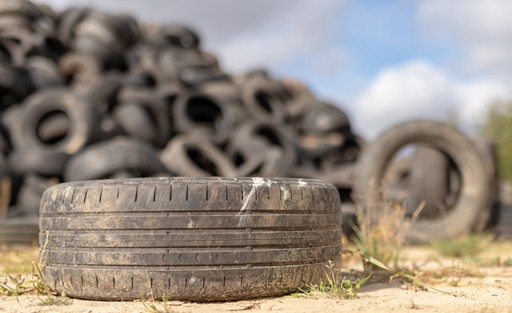
When recycling or reusing old tyres is impossible, the next best option is to dispose of them in a way that minimizes their impact on the environment. Unfortunately, this doesn't always happen, and many old tyres end up in landfills or are burned, which can release harmful chemicals and contribute to air pollution.
Landfills aren't an ideal solution, as tyres take up a lot of space and can take many years to decompose. Furthermore, when tyres are burned, they release toxic chemicals into the air, such as benzene and styrene, which can pose a risk to human health.
Fortunately, there are some more environmentally friendly methods of tyre disposal. One such method is shredding the tyres and using the resulting material as fuel for cement kilns. This process is commonly known as "tyre-derived fuel" or TDF. Cement kilns require high temperatures to operate, and using TDF as a fuel source can help to reduce the number of fossil fuels used and lower carbon emissions while also providing a cost-effective solution as it's cheaper than coal or natural gas.
Innovations in Tyre Disposal
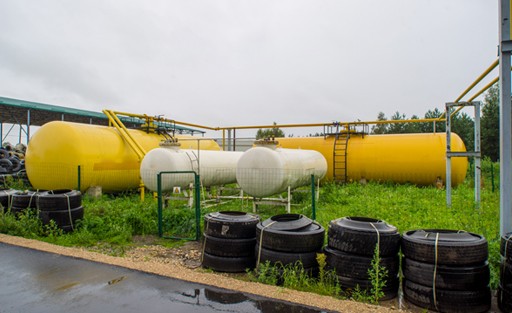
With the problem of old tyres becoming more pressing, there has been an increase in innovative solutions for managing them. One such solution is pyrolysis, which breaks down old tyres into oil, gas, and carbon char, which can then be used to produce new products. Pyrolysis is a form of thermal decomposition that uses high temperatures without oxygen to break down the tyres. This process can convert almost all tyre material into valuable products, making it more efficient and cost-effective than other recycling methods.

In addition to pyrolysis, the tyre industry is also seeing the emergence of airless tyres. These tyres are made of recyclable materials and are designed to be more durable and longer-lasting than traditional pneumatic tyres. Airless tyres are designed so they are less prone to punctures and blowouts. This makes them an ideal solution for applications where traditional tyres, such as those used by construction equipment and military vehicles, may not be practical. The concept of airless tyres has been around for several years, but recent advances in materials science and engineering have made them a more viable option for widespread use.
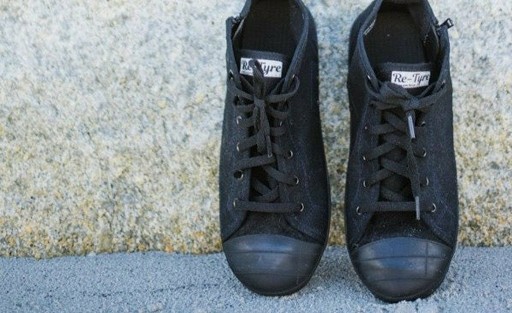
Image Credit: Retyre Shoes
Other innovative solutions for tyre management include using old tyres to create road surfaces, building materials, and even footwear. Australian company Retyre Shoes, for example, makes sustainable, vegan shoes using old tyres.
Additionally, researchers are exploring the use of old tyres in the construction of modular housing, which could provide a sustainable solution for affordable housing while also reducing waste.
Conclusion
Old tyres pose a significant environmental challenge, and how we manage them has important implications for our planet. By recycling or reusing old tyres, we can reduce waste, conserve resources, and mitigate the environmental impacts of tyre disposal. Creating a sustainable future by developing and adopting innovative solutions is key. It is up to all of us to take responsibility for our tyre management practices and make a difference.
Learn about all things tyres by browsing through Tyroola's blogs and guides catalogue to help you make more informed tyre choices.
